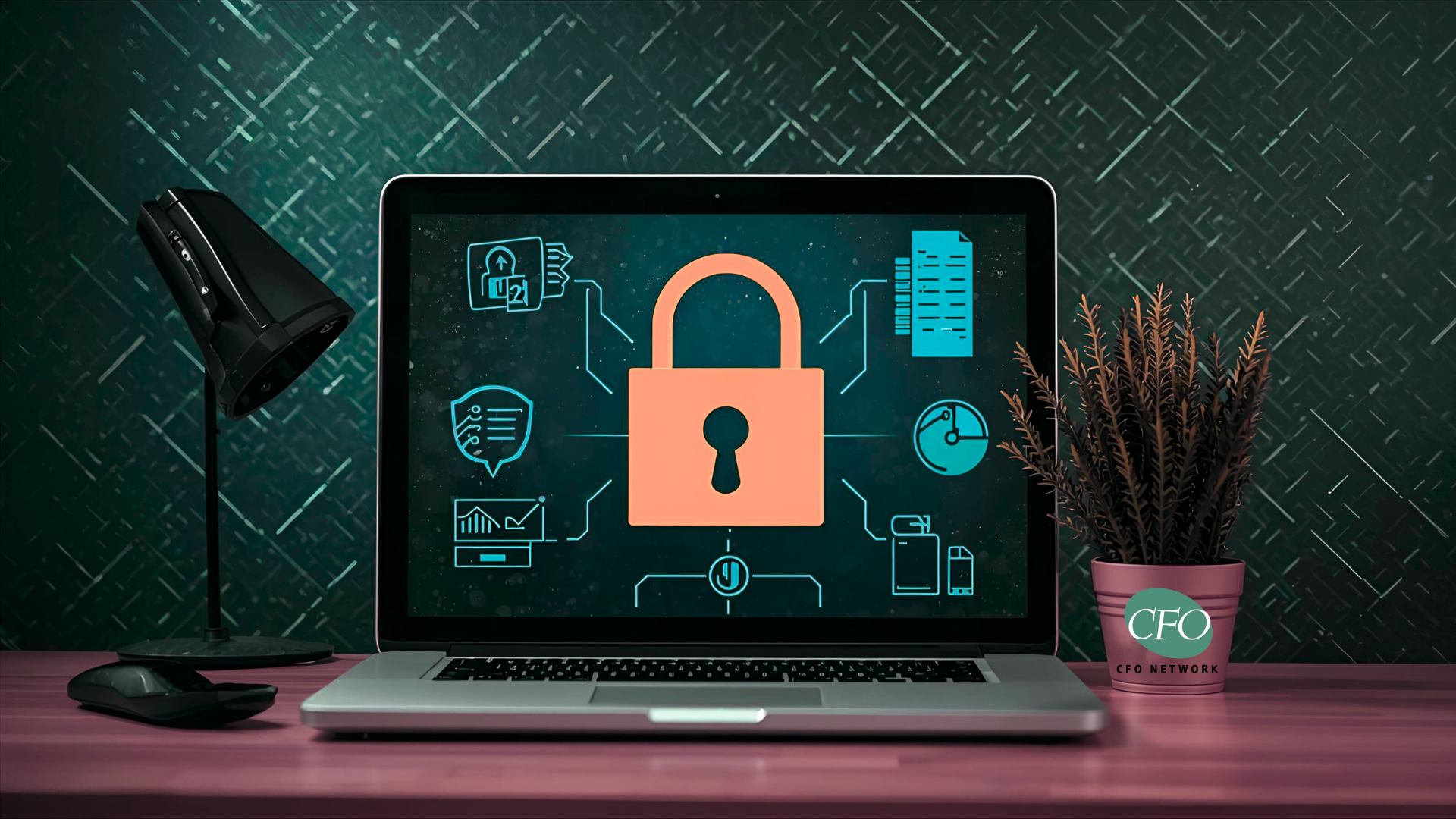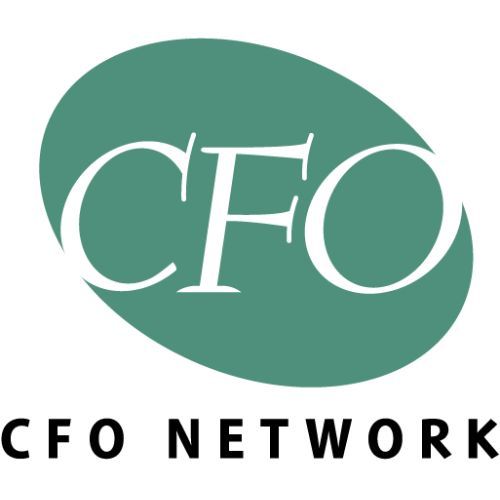Why ‘Balanced Books’ Don’t Equal Safe Escrow Funds—And What to Do Instead
Escrow Accounts Checked in Our Audits Had Hidden Vulnerabilities—Here’s How to Prove Yours Isn’t One of Them

1. Confirm Regulatory Compliance
The first step in ensuring escrow account security is verifying compliance with applicable state, federal, and industry regulations. Depending on your jurisdiction, laws may dictate how funds must be deposited, reconciled, and reported. Regular compliance reviews ensure that your account practices align with requirements such as:
- State Department of Insurance or Banking rules governing escrow funds.
- Consumer Financial Protection Bureau (CFPB) guidelines on handling consumer funds.
- ALTA Best Practices (American Land Title Association), which provide widely accepted standards for escrow accounting and security.
- If a Fiduciary, in our case a Title Company, does not comply with these regulations they leave themselves open to financial penalties but also vulnerable to fraud or theft.
2. Three-Way Reconciliations
Monthly three-way reconciliations are required in escrow account management, however, given the advent of newer technologies and the increase in frequency and sophistication of fraudsters, daily or weekly reconciliations have become more and more common. The larger your accounts are, the more frequently you should reconcile them. If you are a smaller firm doing approximately fifty closings per month, monthly reconciliations may be sufficient, however, a firm doing a higher volume may want to consider weekly or even daily reconciliations. If your account has been compromised the quicker, it is discovered the easier it is to deal with.
The three-way reconciliation is comprised of three critical data points:
- The escrow bank statement reconciliation
- The book balance report
- The trial balance
All three of these reports must agree to have a completed and accurate three-way reconciliation. However, just because your three-way reconciliation agrees on all three points does not mean your escrow account is in good shape. The supporting documentation/reports behind these numbers tell the real story. These reports MUST be reviewed by someone who understands what they are looking at and what to look for to ensure the account is free of shortages, all necessary outstanding checks have cleared and all funds are accounted for on a per-client/file basis. Having audited escrow accounts in this industry for 22 years I can tell you having an accurate three-way reconciliation does not tell the full story.
3. Evaluate Bank Security and Controls
The Financial institution holding your escrow funds must also maintain strong safeguards.
- Is the bank FDIC insured?
- Does it offer positive pay or ACH filters?
- Are wire transfers protected by dual authentication or approval processes?
- Does the institution provide timely alerts on unusual transactions?
4. Safeguard Against Cyber Threats
Fraudsters increasingly target escrow accounts through phishing schemes and wire fraud. To guard against cyber risks:
- Use secure, encrypted communication channels when sharing wire instructions.
- Implement multi-factor authentication on all escrow software and email accounts.
- Train employees to recognize phishing attempts.
- Verify wire instructions with clients via phone calls, never by email alone.
5. Review Internal Controls
Theft and fraud do not always originate from an outside source. It is common in our industry to have internal theft. To protect against this your internal control structure must be reviewed.
- Segregation of duties: No single employee should control deposits, disbursements and reconciliations.
- Dual Authorization: Require two approvals for high-value transactions or wire transfers.
- Employee background checks: Screen employees with access to escrow funds.
- Do not accept ACH Credits through online banking apps Venmo/Paypal… etc: Accepting ACH Credits to your escrow account can be risky. ACH credits are not guaranteed once they hit the account, they can be pulled back within the return window (typically 2 – 5 days)
- Dormant funds/inactive accounts: Ensure access is restricted to dormant funds and inactive escrow accounts. When internal thefts occur, it is most often from dormant funds (Trial balance funds and stale dated checks and inactive escrow accounts).
- Requests to change wire instructions via email: Implement a policy whereby if there is a request to change wire instructions via email always verify the change through a trusted phone number, NOT the phone number on the email requesting the change.
Outsourced reconciliations are always recommended by the agents Title Insurers. Although Title Insurance companies do not require most agents to have an outside reconciler, they always recommend it. In addition, outsourcing your reconciliations can give the owners peace of mind knowing an unrelated third party is reviewing their largest liability, on a monthly basis. No matter how good your internal controls are if there is collusion between employees they can be bypassed. Outsourcing solves this problem and gives your underwriters the check and balance they are looking for.
Ensuring the security of an escrow account requires more than trust – it requires verification. After being in the audit world for 23 years our mantra was always “trust but verify”. To do this you must confirm regulatory compliance, ensure your bank has proper safeguards and is FDIC insured, implement and enforce internal controls, protect your account against cyber threats, perform monthly reconciliations, have your reconciliations reviewed by someone who understands where the risks are and what to look out for and follow-up on any discrepancies found within the reconciliations in a timely fashion. Ultimately, protecting client funds is not only a legal obligation but also a foundation for long-term trust and business success.



